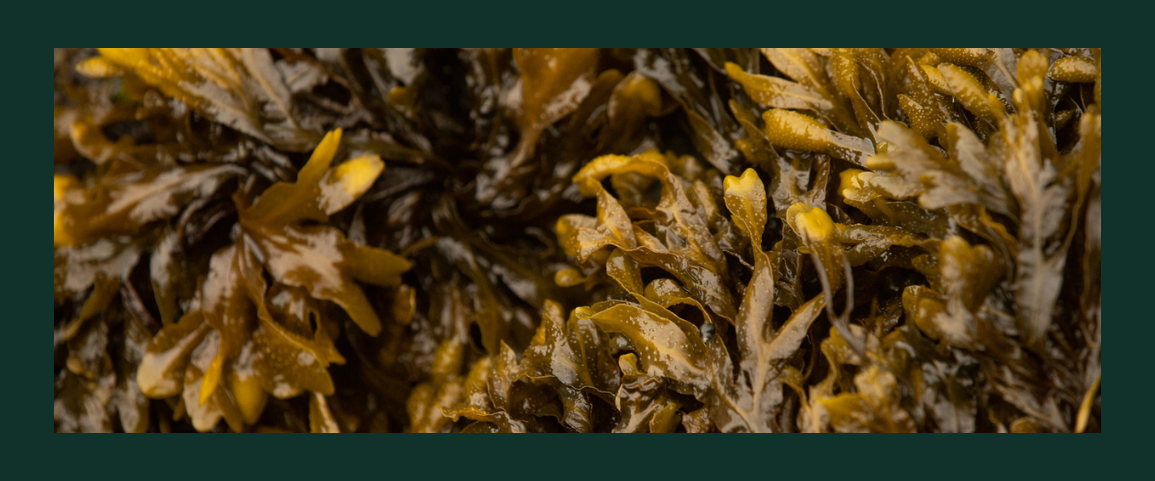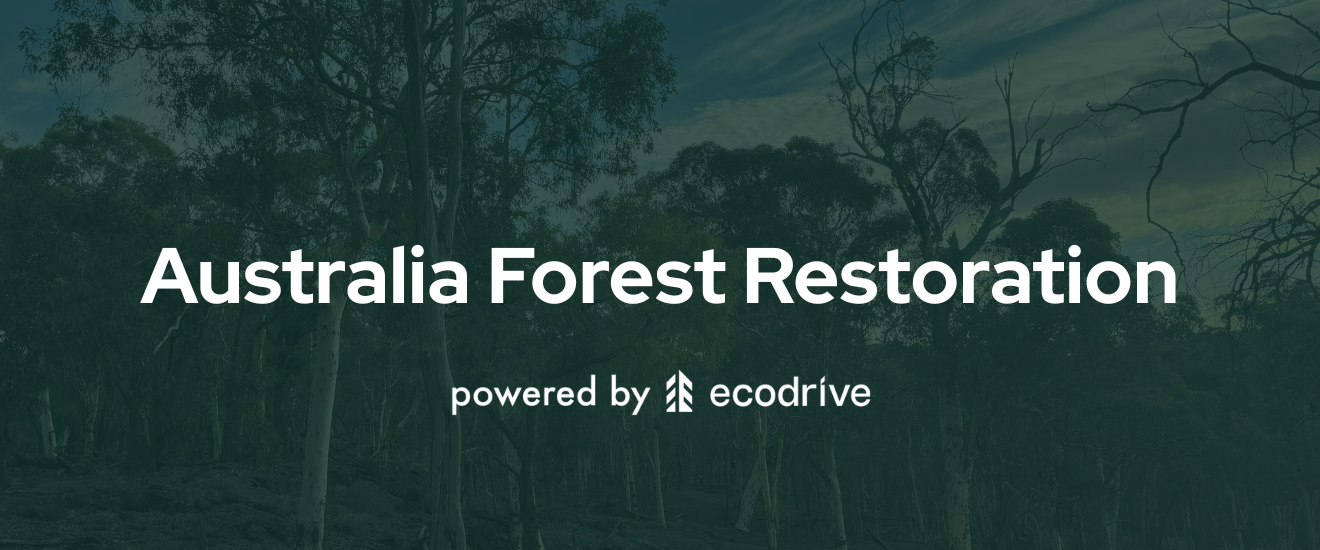How Does Kelp Restoration in Canada Help Fight Climate Change?
A closer look at why kelp is so important to coastal communities, biodiversity, and the health of our planet
Kelp forests are one of the most powerful and overlooked natural solutions to climate change.
In Canada — particularly along the coast of British Columbia — restoring kelp ecosystems has emerged as a critical tool in fighting rising carbon levels, protecting biodiversity, and helping coastal communities adapt to warming seas.
Why Kelp Is So Important
Kelp is a type of fast-growing seaweed that forms underwater forests along coastlines.
These forests provide habitat for hundreds of marine species, stabilize coastal ecosystems, and play a significant role in removing carbon dioxide from the atmosphere. Some species of kelp can grow up to 60 cm per day, absorbing carbon as they grow.
Research from the University of California, Santa Barbara, estimates that kelp forests globally absorb up to 200 million tons of carbon dioxide per year. That’s comparable to the emissions from 43 million cars.
In Canada, British Columbia’s coastline supports vast native kelp species, but warming ocean temperatures, pollution, and invasive species have caused dramatic declines in recent years.
What’s Causing Kelp Loss in British Columbia
British Columbia’s kelp forests have declined by as much as 80% in some regions.
The primary drivers include rising sea surface temperatures, which weaken kelp growth and increase vulnerability to disease.
Invasive species like purple sea urchins — which feed on kelp — have also exploded in population due to the loss of natural predators like sea otters.
Climate change has compounded these issues by disrupting seasonal cycles and increasing coastal runoff from storms, which reduces water clarity and impacts kelp photosynthesis.
In short, these forests are under stress, and without intervention, many could collapse.
How Restoration Helps Reverse the Decline
Kelp restoration efforts in Canada involve seeding new kelp beds, managing sea urchin populations, and improving water quality through land-based conservation.
These projects help reestablish habitat for fish, crabs, and sea otters while boosting local economies that rely on healthy fisheries.
One square meter of restored kelp forest can absorb up to five times more carbon than the same area of terrestrial forest.
This makes it a high-impact solution for carbon mitigation — especially in a country like Canada with a long, diverse coastline.
By restoring kelp at scale, Canada can sequester significant amounts of carbon while protecting biodiversity and supporting marine industries.
Verified Kelp Projects in Action
Organizations like Ecodrive are supporting kelp restoration projects in British Columbia by funding the seeding and maintenance of native kelp beds.
These efforts are verified, meaning every square meter restored is tracked and monitored.
Partner brands can link their products or campaigns directly to this impact — for example, planting kelp with every order — and receive access to photos, stats, and location-specific updates.
For businesses, supporting verified kelp restoration provides a measurable and scientifically grounded way to fight climate change and tell a credible sustainability story.
For customers, it offers a chance to contribute to an ocean-based solution that is local, visible, and urgently needed.












